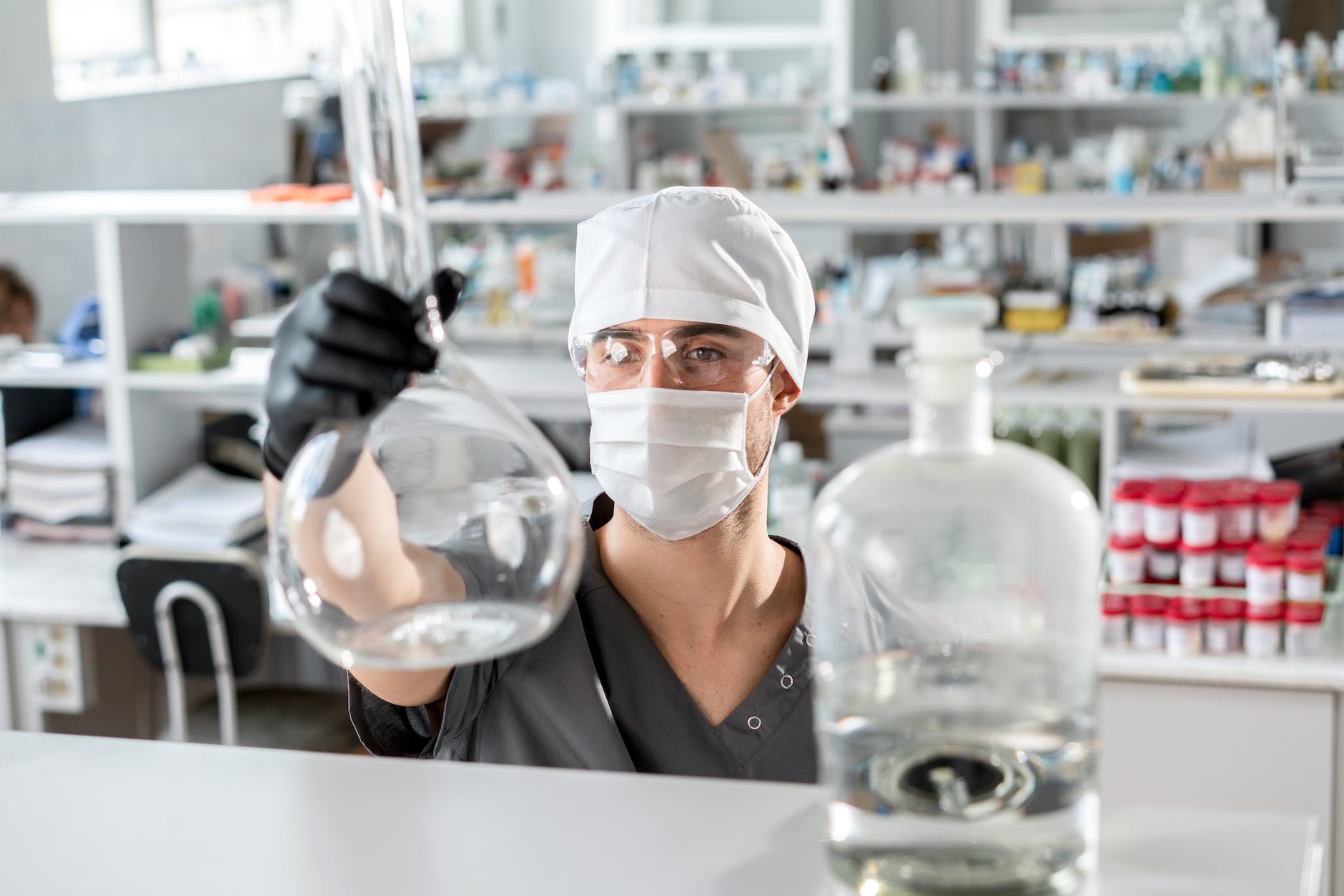
Laboratory Hood Operation: Mastering Ventilation and Containment
Introduction
Laboratory hoods, also known as fume hoods, play a crucial role in maintaining a safe and controlled environment within laboratories. Proper operation ensures effective ventilation and containment of hazardous substances. This article provides insights into mastering the operation of laboratory hoods, emphasizing ventilation efficiency and containment protocols.
Understanding the Significance of Laboratory Hoods
- Ventilation Purpose
- Airflow Control: Laboratory hoods control and direct airflow to prevent the escape of harmful substances into the laboratory.
- Worker Protection: Effective ventilation protects laboratory personnel from exposure to toxic fumes, vapors, or particulate matter.
- Types of Laboratory Hoods
- Ducted Hoods: Connected to an external exhaust system, expelling air outside the building.
- Ductless Hoods: Use filtration systems to purify air before recirculating it into the laboratory.
Proper Ventilation Techniques
- Sash Management
- Sash Height Adjustment: Adjust the sash to the minimum height required for the operation to optimize containment.
- Avoid Obstructions: Ensure the sash remains unobstructed to maintain a smooth airflow.
- Face Velocity Control
- Optimal Face Velocity: Maintain the manufacturer-recommended face velocity for efficient containment.
- Regular Monitoring: Periodically measure and adjust face velocity to ensure consistent performance.
- Safe Practices During Operation
- Minimize Movement: Limit movements within the hood during operations to avoid disrupting airflow patterns.
- Limit Equipment: Keep only essential equipment inside the hood to prevent air disturbances.
- Ducted Hood Considerations
- Proper Duct Installation: Ensure ducts are appropriately installed and free of obstructions to facilitate efficient air evacuation.
- Regular Duct Inspection: Periodic inspections prevent blockages or leaks that may compromise ventilation.
Effective Containment Protocols
- Selection of Appropriate Hood
- Match the Task: Choose a hood suitable for the specific operations and substances involved.
- Chemical Compatibility: Verify that the materials used in the hood are compatible with the chemicals being handled.
- Personal Protective Equipment (PPE)
- Lab Coats and Gloves: Mandate the use of appropriate PPE to provide an additional layer of protection.
- Eye Protection: Safety goggles or face shields add an extra barrier against potential splashes.
- Workplace Organization
- Organized Workspaces: Maintain a clutter-free environment within the hood to avoid accidental spills or contamination.
- Labeling: Clearly label containers to prevent mix-ups and ensure correct handling.
- Regular Maintenance
- Filter Replacement: Ductless hoods require regular filter replacement to maintain effective containment.
- Hood Cleaning: Periodic cleaning of interior surfaces prevents the accumulation of hazardous residues.
Training and Emergency Preparedness
- Employee Training
- Proper Hood Usage: Train personnel on the correct operation of specific hoods in use.
- Emergency Procedures: Ensure all staff are familiar with emergency shutdown procedures.
- Regular Drills
- Evacuation Drills: Conduct periodic evacuation drills to practice swift and safe responses to emergencies.
- Spill Response Training: Train personnel on the proper response to spills or leaks within the hood.
Conclusion
The effective operation of laboratory hoods is fundamental to maintaining a safe and controlled laboratory environment. Mastering ventilation techniques and containment protocols ensures the protection of laboratory personnel and the integrity of experiments. By incorporating proper training, regular maintenance, and emergency preparedness, laboratories can optimize the functionality of their hoods, fostering a secure working environment.
How to Validate Root Cause in Six Sigma
Root Cause Analysis Tools in Six Sigma
Process of Root Cause Analysis
Frequently Asked Questions (FAQs)
- What is the purpose of laboratory hoods?
- Laboratory hoods serve to control airflow and protect personnel by containing and ventilating hazardous substances within a laboratory.
- What are the types of laboratory hoods?
- There are ducted hoods, connected to external exhaust, and ductless hoods, which use filtration systems to purify and recirculate air.
- How can face velocity in a laboratory hood be controlled?
- Face velocity can be controlled by adjusting the sash height to the minimum required and regularly monitoring and adjusting it as needed.
- Why is it important to choose the appropriate hood for specific tasks?
- Choosing the right hood ensures that it is compatible with the substances and operations involved, optimizing containment and safety.
- What are the key considerations for effective containment in laboratory hoods?
- Key considerations include the selection of an appropriate hood, the use of proper PPE, maintaining organized workspaces, and regular maintenance, including filter replacement and hood cleaning.
























